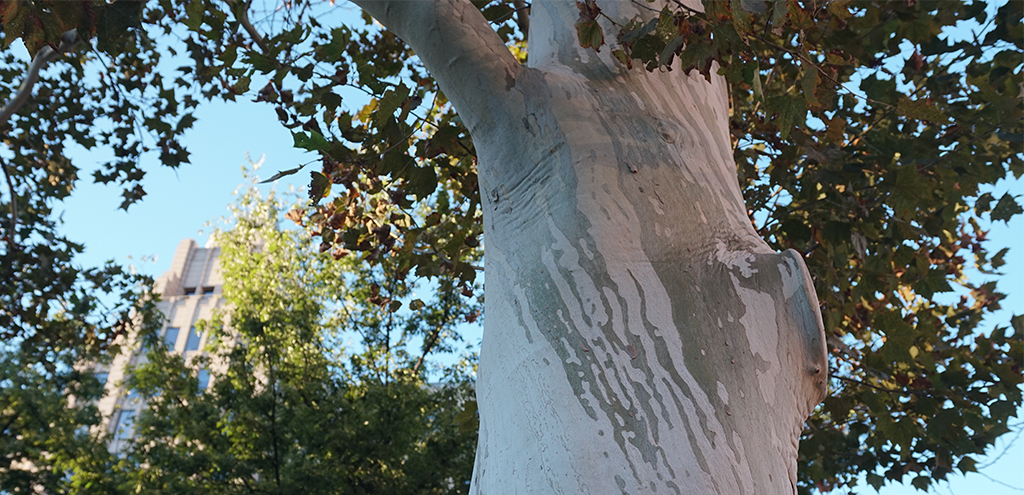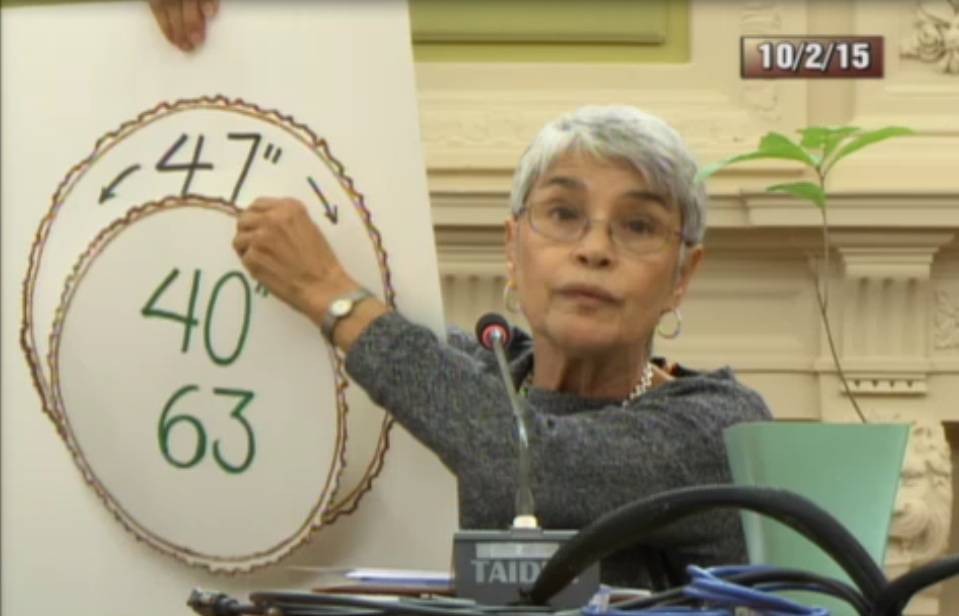THE LEAFLET

Heritage Tree versus Special Tree

Courtesy Southern Center for Urban Forestry Research & Information Southern Research Station, USDA Forest Service.
Old, large trees are essential to creating healthy forests that can help slow climate change. It is no secret that large, mature trees provide unparalleled benefits. Compared to a small-stature tree, a strategically located large canopy tree has a bigger impact on conserving energy, mitigating an urban heat island, and cooling a parking lot. They do more to reduce stormwater runoff; extend the life of streets; improve local air, soil and water quality; reduce atmospheric carbon dioxide; provide wildlife habitat; increase property values; enhance the attractiveness of a community; and promote human health and well being. And when we plant large canopy trees, the bottom-line benefits are multiplied. When it comes to trees, size really does matter. If you’re considering adding a tree to your yard, we have almost 40 large canopy trees that we plant for free as part of our residential planting programs. We’ll work with you to find the right tree for your spot, so it doesn’t impede your foundation, power lines, or cause any other damage. With the right tree, you can have it all: shade, ecosystem benefits, and safety!
In 2002 DC passed the Urban Forest Preservation Act, which required landowners to get a permit and pay a fee to remove any tree with a trunk greater than 55 inches around. This important beginning legislation established protections for mature trees known as ‘Special Trees.’ While helpful, in the ensuing fifteen years DC’s tree canopy gains lagged as large trees that didn’t quite meet the Special Tree requirements continued to be wiped off the map. To achieve the District’s 40 percent tree canopy goal by 2032, the law would have to be expanded to protect more of the District’s mature trees.
 To address these shortcomings Councilmembers Charles Allen and Mary Cheh introduced the Tree Canopy Protection Amendment Act of 2016. Casey Trees Advocates testified and over 500 DC residents submitted petitions to update the Urban Forest Preservation Act in the following ways:
To address these shortcomings Councilmembers Charles Allen and Mary Cheh introduced the Tree Canopy Protection Amendment Act of 2016. Casey Trees Advocates testified and over 500 DC residents submitted petitions to update the Urban Forest Preservation Act in the following ways:
- Lower the minimum circumference of Special Trees from 50 inches to 44 inches – creating protections for an additional 160,000 Special Trees.
- Create a new category of tree called ‘Heritage Trees’ that are 100 inches in circumference that cannot be removed, unless granted special approval by the Mayor.
- Increasing the Special Tree removal fee from $35 per inch to $55 per inch, and the unlawful Special Tree Removal fine from $100 to $300 per inch.
- Use Tree Fund money for planting trees on District-managed properties, including schools and parks
- Create an Urban Forestry Advisory Council to coordinate the city’s tree-related matters.
The powerful testimony brought before the Council by advocates and neighbors made an impact. In April of 2016 the DC Council unanimously passed the Tree Canopy Protection Amendment Act and Mayor Bowser signed it into law soon after. When it comes to growing our canopy, nothing is more important than convincing the leaders in our city to protect our older trees.
It goes to show you that developmental designs not only can incorporate large trees, but also they are often better for it. Protecting these trees is of utmost importance because their benefits are irreplaceable. This is one of the many reasons why we have an entire Advocacy team working with developers, legislators, and community activists to get out the word and stand up for trees.
So there you have it! Heritages trees are those over 100 inches in circumference, Special Trees are those 44 to 99 inches in circumference. Trees smaller than that, well they’re just awesome.